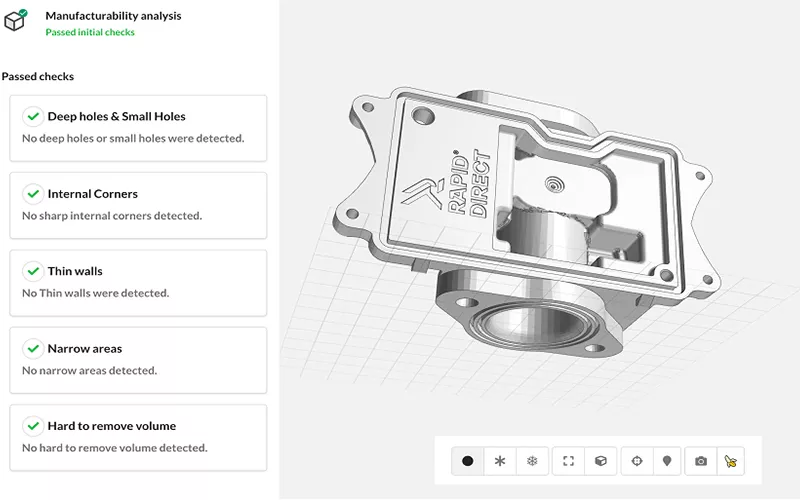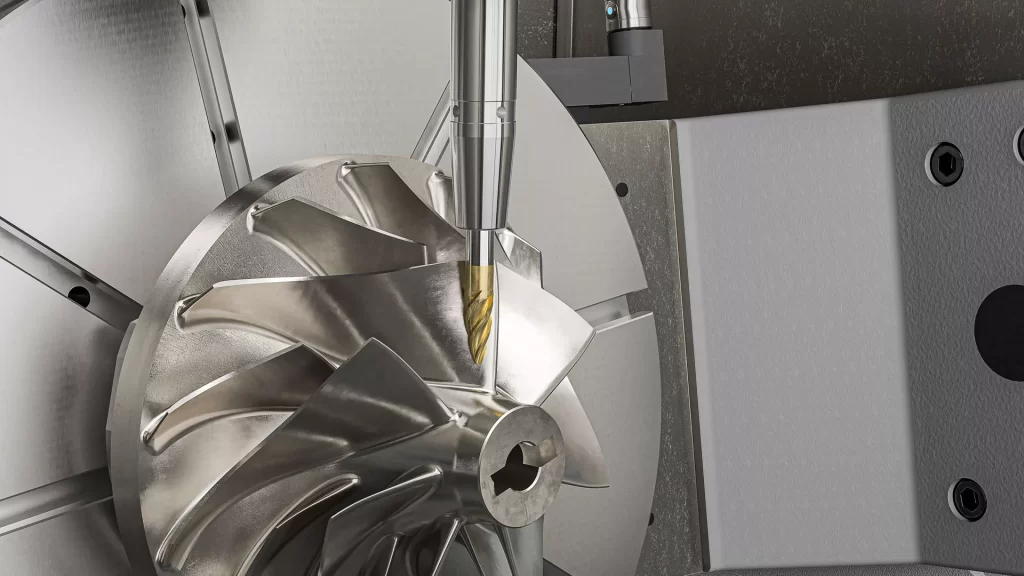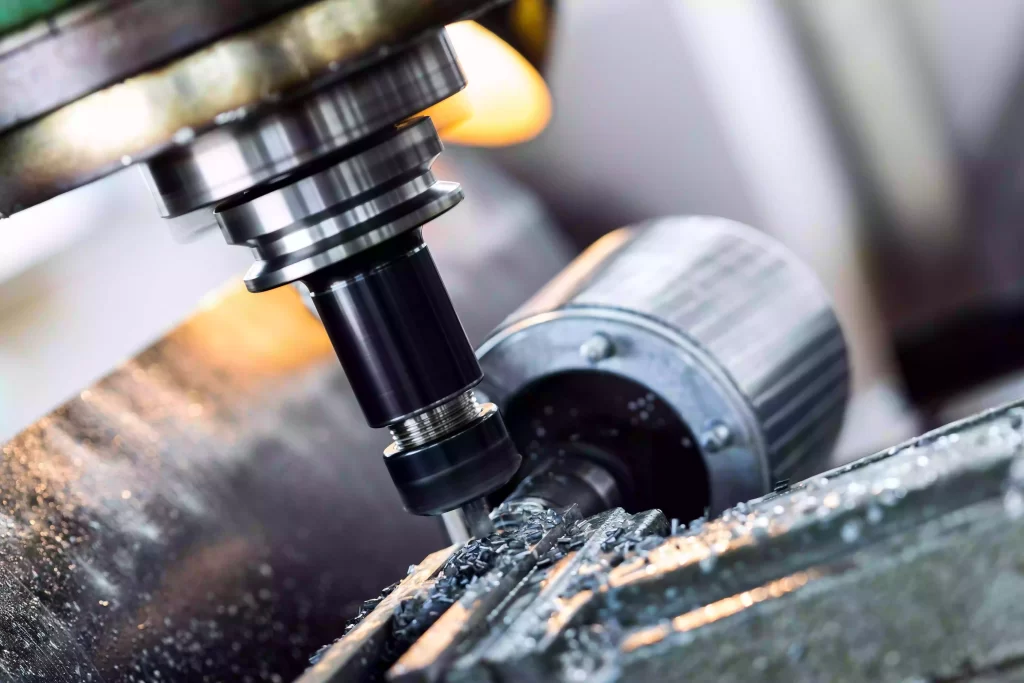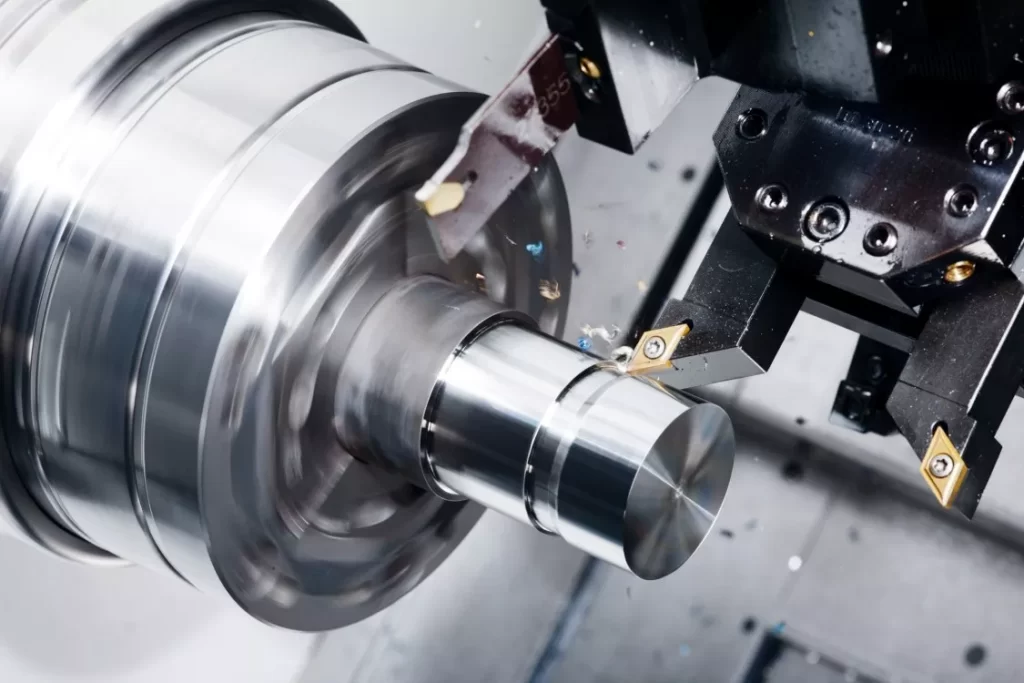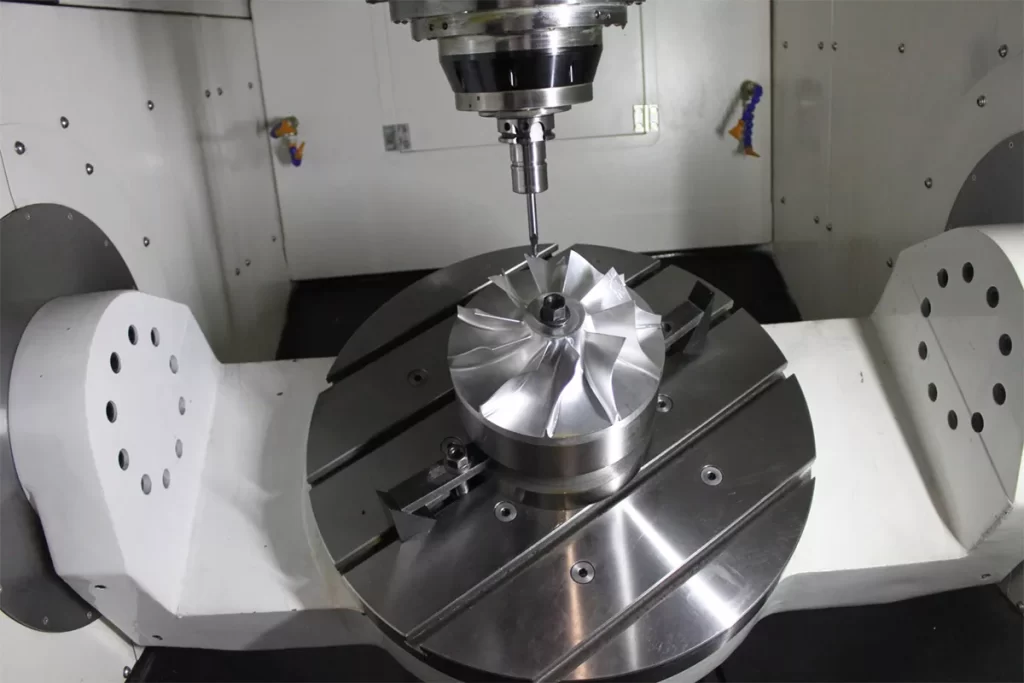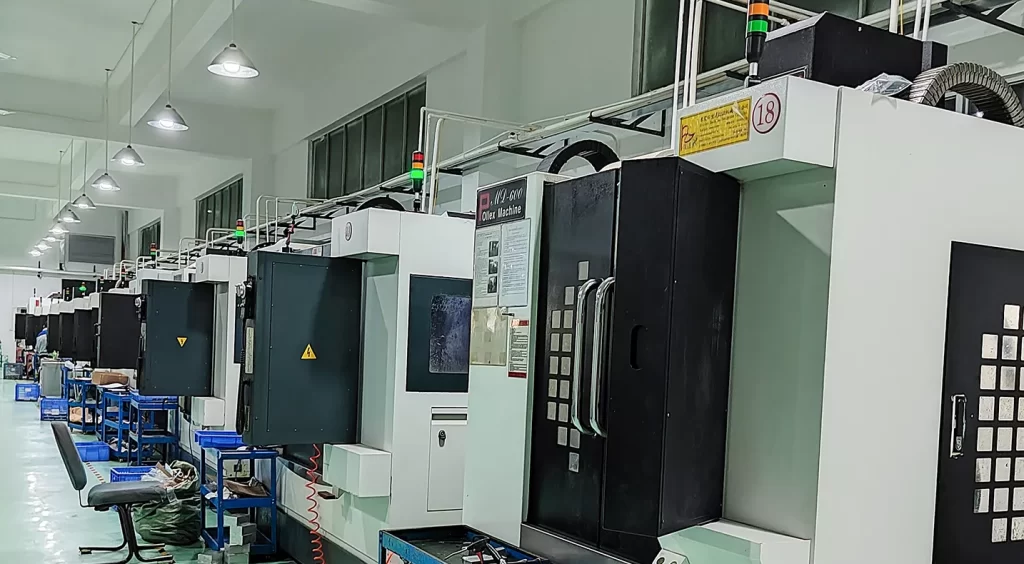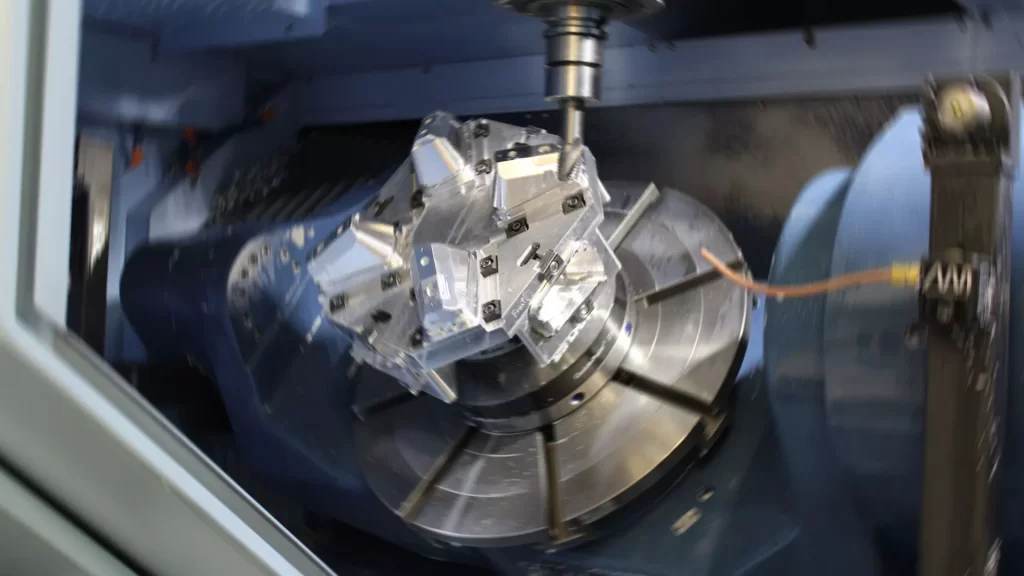Introduction:
Precision and efficiency are critical components of the ever-changing manufacturing setting, and organizations are continuously striving to enhance them. CNC machining is essential in many sectors because it provides great accuracy and adaptability for creating complicated components. However, the cost of CNC machining may significantly impact a company’s bottom line. One novel technique to address this issue is to integrate Design for Manufacturing (DfM) feedback into real-time quotation platforms. This dynamic combination has the potential to change production, reduce costs, and increase overall efficiency.
Understanding the Significance of DfM in CNC Machining
Design for Manufacturing (DfM) is a process that prioritizes manufacturing concerns throughout product development. Engineers may use DfM concepts to design components that are simpler and less expensive to produce, assemble, and maintain. In the context of CNC machining, DfM guarantees that components are designed in a manner that minimizes material waste, lowers machining time, and maximizes tooling use. Material selection, geometry, tolerances, and finishing methods are all elements to consider throughout the design phase.
The Role of Real-Time Quotation Platforms in CNC Machining
Real-time quotation platforms have transformed the way manufacturers connect with clients and manage production processes. Customers may use these platforms to upload CAD models, define material requirements, quantity, and delivery dates, and get fast quotes for their items. These platforms use advanced algorithms and pricing models to deliver realistic cost estimates based on a variety of criteria such as material prices, machining time, tooling needs, and overhead expenses.
The Synergy Between DfM Feedback and Real-Time Quotation Platforms
Integrating DfM feedback directly into real-time quotation systems provides a mutually beneficial interaction between producers and consumers. When clients submit CAD models for a quote, the platform’s DfM analysis tools assess the design’s manufacturability, identifying possible concerns including overcuts, sharp internal corners, excessive material thickness, or complicated geometries that might raise machining costs.
Customers may make informed decisions to change their designs before production begins by receiving immediate input on design enhancements that might improve the part’s manufacturability. This proactive strategy not only decreases the risk of expensive mistakes and design revisions but also simplifies the production process, resulting in shorter lead times and higher overall efficiency.
Cost reduction using DfM feedback
Material waste is a major cost driver in CNC machining. Traditional production methods can result in unnecessary material being removed during the machining process, incurring needless costs. DfM input helps designers modify their designs to reduce material waste while maintaining structural integrity and usefulness. By intelligently arranging features, minimizing unnecessary geometries, and optimizing component orientation, designers may dramatically minimize the quantity of raw material needed, lowering material costs.
Real-time quote platforms supplement this method by giving instant input on material needs and pricing for various design iterations. Designers may use this input to repeatedly tweak their ideas, achieving a balance of utility and cost-effectiveness. Furthermore, by using powerful simulation capabilities built into these platforms, designers can view the machining process and identify locations where material loss may be reduced, hence maximizing material consumption.
Streamlining Machining Processes
In addition to material waste, inefficient machining operations may lead to higher production costs. Long machining times, frequent tool changes, and complicated setups may increase operating costs and cause production delays. DfM input enables designers to improve their designs for manufacturability by considering factors like tool access, machining tolerances, and surface finishes.
Designers may simplify the machining process by designing components with reduced geometries, decreasing sharp internal corners, and removing unnecessary features. This results in shorter cycle times and cheaper manufacturing costs. Real-time quotation platforms play an important part in this optimization process by giving information about the machining complexity associated with various design configurations. Designers may use this knowledge to make better decisions about manufacturability and cost efficiency.
Improving Product Quality and Reliability
Beyond cost savings, combining DfM input with real-time quotation platforms improves product quality and dependability. By optimizing designs for manufacturability, designers may reduce the possibility of manufacturing defects such as machining mistakes, dimensional inaccuracies, and surface flaws. This not only enhances the overall quality of the finished product but also decreases the need for rework and remedial actions, saving time and money.
Furthermore, DfM input allows designers to predict and address anticipated production concerns such as tool breakage, vibration, or distortion. Designers may improve the resilience and endurance of produced components by designing them with appropriate tolerances, suitable support structures, and optimum tool paths. Real-time quote tools help with this process by offering insights into the possible manufacturing issues connected with certain design options, enabling designers to solve them before production starts.
Advantages of Integrating DfM Feedback into Real-Time Quotation Platforms
1. Cost Optimization: DfM input identifies design components that may raise machining costs, enabling clients to make design changes that result in cost reductions without sacrificing quality.
2. Time Efficiency: By identifying manufacturability concerns early in the design phase, DfM input eliminates the need for design rework and speeds up the quoting and manufacturing processes, resulting in faster turnaround times.
3. Improved cooperation: Real-time DfM input encourages cooperation between design engineers and manufacturers, resulting in a more dynamic and cooperative approach to product development.
4. Improved Quality: By optimizing designs for manufacturability, the possibility of mistakes, rework, and rejections is reduced, resulting in higher-quality final products.
Implementing DfM Feedback in a Real-Time Quotation Platform.
To demonstrate the actual use of DfM feedback in decreasing CNC machining costs, examine the scenario of a precision manufacturing company that incorporated DfM analysis tools into its real-time quote platform.
Firstly, receipt of CAD models. After receiving CAD models from clients, the platform’s DfM algorithms examine the designs for possible manufacturability concerns, such as sharp interior corners that may need specialized equipment, overcuts that increase machining time or wasteful nesting of pieces on raw material. The platform then provides quick feedback reports that highlight design optimization opportunities to decrease costs and enhance efficiency.
In the end, customers will be able to analyze DfM input, visualize proposed design changes, and make educated choices about altering their designs. Customers will report considerable savings in machining costs, material waste, and lead times after adopting these suggestions, resulting in enhanced customer satisfaction and repeat business.
Conclusion
In conclusion, incorporating DfM input into real-time quote systems constitutes a paradigm change in CNC machining techniques, with significant advantages for manufacturers, customers, and the industry as a whole. Companies that use DfM insights to optimize designs for manufacturability can speed up production processes, save money, increase quality, and improve communication between design and manufacturing teams.
As CNC machining continues to play an important role in global manufacturing operations, the adoption of DfM-enhanced real-time quotation platforms represents a transformative opportunity for businesses to remain competitive, drive innovation, and achieve long-term growth in the fast-paced and dynamic manufacturing landscape.
